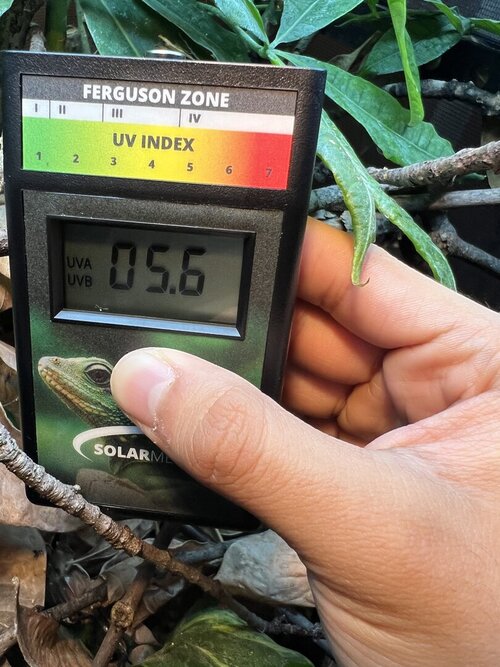Uri
Avid Member
You never truly know your uvi readings until you actually check them with this you can folllw the distance guides on how to get uvi but they will never be exact as everyone’s reflectors will be different. I had slightly lower than what I needed and with this I’m now able to fine tune my light and branch placement to get those slightly higher readings my animals would like before and after got hoehnelii and yes they bulbs were at the distance on the guided to reach the uvi range but I never would’ve known without this little device


